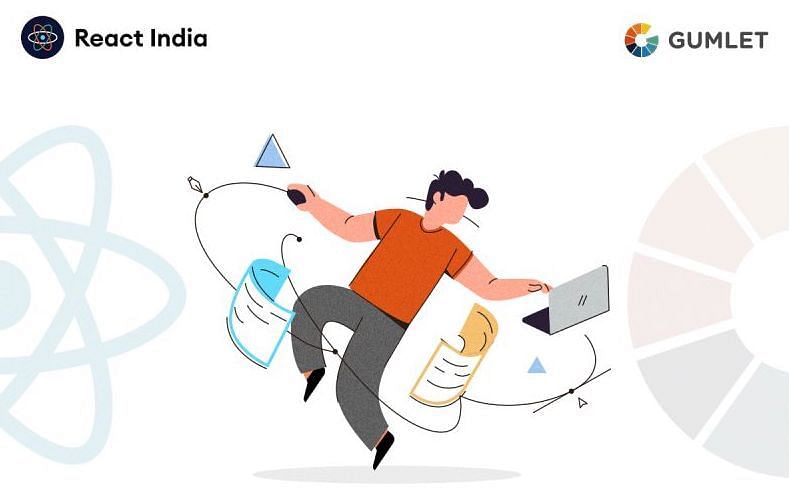Did you know that having a heavy page size could affect your SEO ranking significantly? Even something that may sound as irrelevant as 200 KB can already affect your standing with search engines. And most of the time, the culprit for byte-heavy pages are images.
Still, that is something that you can mitigate by optimizing images. This is a process that transforms your images into the right format and dimensions for every browser. Something as simple as this can already enhance your website’s performance and the experience it offers to visitors.
You may think that you need to feed your images to a converter or something similar to achieve this. That is overdrawn and time-consuming process, though. Instead, you can rely on several tools that can help you manage them such as the ones below.
1. A reliable image database or DAM
An image database would be a collection of images related to an organization’s activities. It is important to keep the photos, graphics, and similar files your business uses in a repository separate from personal media to make it easier for you to manage them.
This would also be beneficial to you when it is time for you to fetch images for your website when using image optimization software. Since they are all in a single place, you have to undergo the process only once, thus saving you plenty of time.
It is also relevant for security purposes because it will allow you to control user access rights to images. There are other security controls available as well such as limiting the actions that certain users can do within the database.
Additionally, an image database can store image metadata, which is relevant in the management of images as well as in their SEO.
Moreover, it can secure your images, i.e. protect it from loss, by backing it up. As such, you only have to initiate recovery once to complete your image database.
In lieu of an image database, you can also opt for a digital asset management solution. This is a robust tool with a wider host of features that make image management more efficient. It is also essential in overseeing images to be used for optimization.
This would be a great complement to your JPEG optimizer because sharing media data with others is streamlined. On top of that, a DAM would be a great solution for your organization if you have other rich media like videos.
2. A fast CDN
A content delivery network (CDN) is a group of servers that is geographically dispersed that is designed to accelerate the distribution of content to end-users. It is a crucial tool in ensuring that your website visitors see it the way you designed it--with visually appealing images that load properly and within a short time.
That is because speed is crucial. Take a look at the following statistics related to one-second delays in page loads, for example:
- 11% fewer page views
- 7% decreased conversion rate
- 16% reduced customer satisfaction
- $2.5 million loss in revenue
While there is no consensus as to how fast a page should load to retain visitors and convert consumers, HostingTribunal.com shares in an article that there are expectations to this. Web pages should take only up to 4 seconds on desktop and below 9 seconds on mobile devices.
A wonderful website host is important in ensuring that your web visitors stay and enjoy your site. However, you can still enhance their experience with a CDN, especially if you have an image-heavy site and numerous rich media and dynamic elements.
Although this is essential, you may not have to invest in it as long as you have the next item on the list.
3. A trustworthy image optimization tool
Imagine that you have an image that you want to load as soon as web visitors enter your site. However, that image is heavy in bytes and takes too long to show, thereby affecting the experience that visitors could have with your website. As mentioned above, even a single second could affect your bottom line.
Fortunately, you can fix the image problem with an image optimizer. It is a tool that fetches your images from a source, such as an image database or DAM, and transforms it for your website in real-time. The process is also automatic so there is no need for a hands-on approach here.
Still, you have to prepare your website by adding a snippet of code to it as well as by modifying some HTML tags. Other than that, you can let the best image compression software that you have chosen to do the work. Alternatively, you could use an image generator to create optimized visuals specifically designed for your website's needs.
This is one of the essential startup tools to utilize to ensure that your website or e-business card is seen by the end-user as you intended.
The importance of image optimization
If your website loads slowly because of images and other dynamic elements, the chances that potential customers will stay and convert goes lower. Image optimization is crucial to get them to stay while providing them a visually appealing and enhanced experience. For example, optimizing your logo design and banner files can significantly improve the overall user experience. It is also important in getting them to come back since they enjoyed their browsing and transactions on your site. Thus, you can nurture your customers and add them to a loyal base that you can keep on engaging to grow your business.
If you have a vision for how your site should look, your brand identity must be in place, since if you want to move forward with SEO, you must know what your brand stands for. Learn how to rebrand your business if you want to boost the status of your brand.
Read more about "How to improve your page load speed" with image optimization in this detailed blog.




